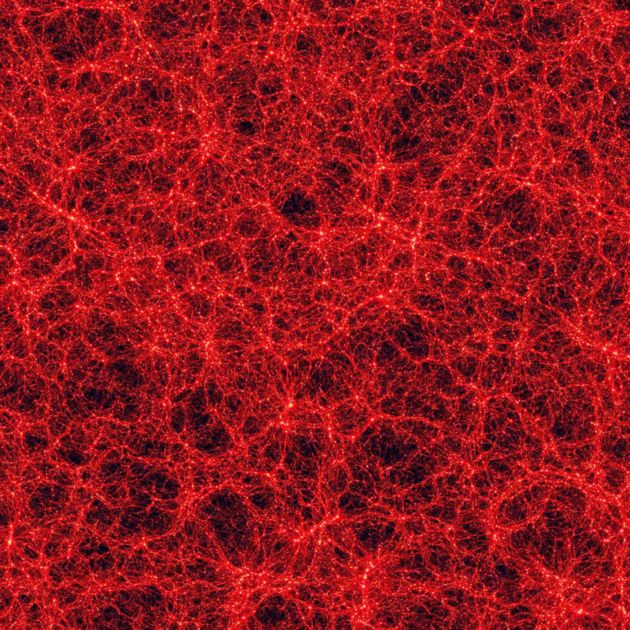Panel Urges NASA to Study Dark Energy

A proposed NASA mission to study a mysterious force thought to be accelerating the expansion of the universe should be the first in the agency's "Beyond Einstein" program to be developed and launched, the National Research Council recommended today.
Beyond Einstein is NASA's research roadmap for five proposed space missions set to begin in 2009 that will study areas in science that build on and extend the work of physicist Albert Einstein.
The missions include Constellation-X and the laser Interferometer Space Antenna (LISA), which will measure X-rays and look for hypothetical gravity waves, respectively, as well as the Inflation Probe (IP), the Black Hole Finder Probe (BHFP) and the Joint Dark Energy Mission (JDEM).
The National Research Council report recommended that JDEM be the first mission to be deployed since it is already in the prototype phase and will require less development than the other missions.
"All of the mission areas in the Beyond Einstein program have the potential to fundamentally alter our understanding of the universe," said committee co-chair Charles Kennel of the University of California, San Diego. "But JDEM will provide direct insight into a key Beyond Einstein science question, and it is the most technically feasible option for immediate development."
'Lambda'
Dark energy is a mysterious force scientists think is speeding up the expansion of spacetime and constitutes some three-quarters of the density of the universe.
Get the Space.com Newsletter
Breaking space news, the latest updates on rocket launches, skywatching events and more!
It was initially proposed by Einstein as a counterforce to the gravitational attraction of matter to explain why the universe appeared static, neither growing nor shrinking. But he later dismissed his idea as a mistake when observations by astronomer Edwin Hubble revealed the universe was in fact expanding.
Dark energy, which Einstein called lambda, was revived in the late 1990s when astronomers discovered that the universe was not only expanding, but expanding at an accelerated clip.
Gravity waves
The report also recommended that LISA become the flagship mission of the program and that more money be funneled into the project because it could provide an entirely new way of observing the universe. However, the report committee believes that more testing is required before it launches. Specifically, the mission must await the results of the LISA Pathfinder mission in 2009 that will test some of the critical technologies to be used in the final LISA mission.
The report was sponsored by the U.S. Department of Defense and NASA. The Research Council is the principal operating agency of the National Academy of Sciences and the National Academy of Engineering.
- Top 10 Strangest Things in Space
- VIDEO: Black Hole: Warping Time & Space
- Gravitational Waves: Einstein's Elusive Children
Join our Space Forums to keep talking space on the latest missions, night sky and more! And if you have a news tip, correction or comment, let us know at: community@space.com.

Space.com is the premier source of space exploration, innovation and astronomy news, chronicling (and celebrating) humanity's ongoing expansion across the final frontier. Originally founded in 1999, Space.com is, and always has been, the passion of writers and editors who are space fans and also trained journalists. Our current news team consists of Editor-in-Chief Tariq Malik; Editor Hanneke Weitering, Senior Space Writer Mike Wall; Senior Writer Meghan Bartels; Senior Writer Chelsea Gohd, Senior Writer Tereza Pultarova and Staff Writer Alexander Cox, focusing on e-commerce. Senior Producer Steve Spaleta oversees our space videos, with Diana Whitcroft as our Social Media Editor.










